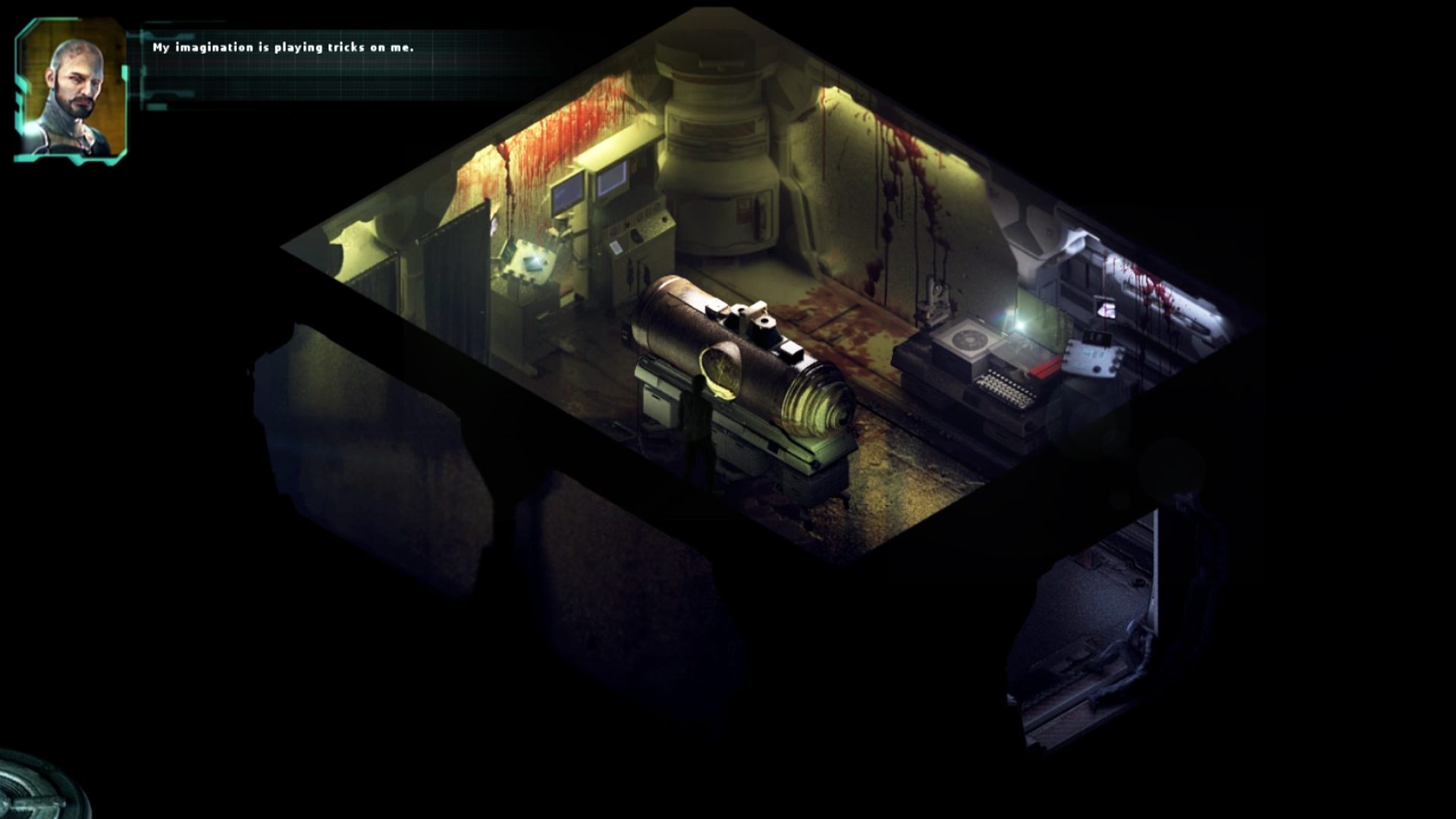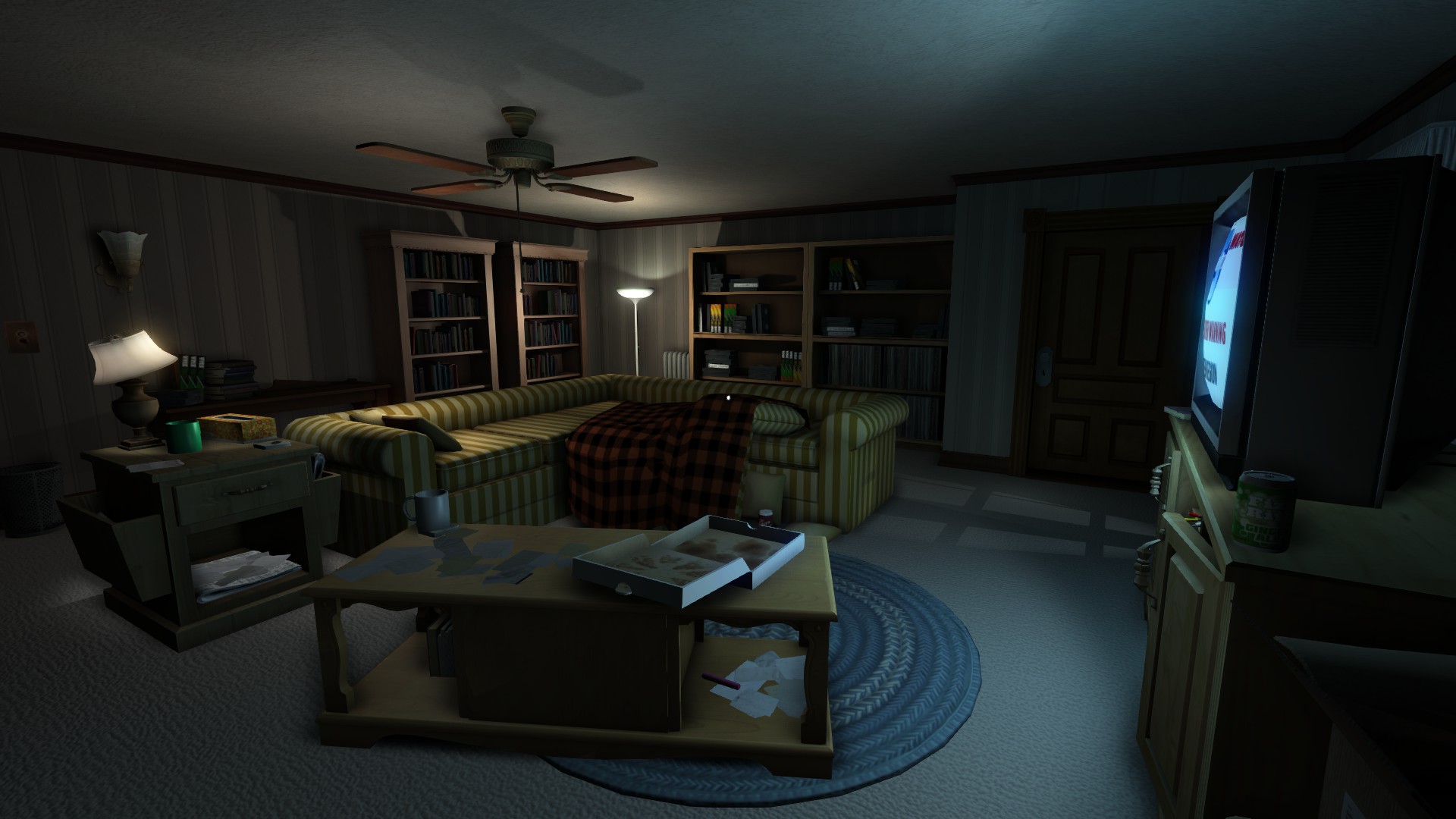Does Death Belong in Adventure Games?
STASIS is an isometric point-and-click adventure game released in 2015. It takes place on a derelict science station adrift in deep space, and your character wakes up from suspended animation into the tail end of a catastrophe. You are tasked with figuring out what went wrong and to find your missing wife and daughter so that you can escape. It's a relatively short and enjoyable experience if you're into space-themed horror, just be forewarned that the game is thematically (and visually) quite dark.

Befitting its dark theme—and evident from the list of Steam Achievements—your character can die in a myriad of gruesome ways, some by his own hand. The deaths are all results of your direct actions and, although I never sought them out, I ended up with about half of the death-specific achievements unlocked at the end of the game. The deaths were quick and brutal, and the game had strategically placed auto-saves to spare me from losing too much progress, but they still caused me to ask myself whether I felt death belongs in adventure games at all.
This was probably a commonplace discussion in offices and schoolyards during the golden age of adventure games, when LucasArts and Sierra were competing on who was the most prolific publisher and only one of them had a slew of games wherein your player character could meet an untimely end. Whether or not the games were worsened by the inclusion of death is of course a matter of preference, but I find it interesting to explore the question from the perspective of fail states. Death is a common fail state in games, and it tends to come as a reflection of you playing the game poorly. You failed to kill the approaching enemy, navigate the precarious environment, or misread a situation, so the result is punishment in the form of having to repeat a section of gameplay. Games have become more lenient in how much you have to repeat, with checkpoints and respawns reducing the time sometimes to mere seconds, but the result is the same: you did something wrong, so do it again.
In this respect, adventure games without death are in essence missing any form of formal fail state. Because unless they also include purposefully inserted softlocks—which can also be seen as just death by detainment—they will continue until the player decides to stop out of disinterest. Despite one core element of adventure games being their puzzles, those can often be completed through pure attrition by just testing all possible combinations. So how are adventure games bereft of death any different from the much maligned "walking simulator" style of interactive media which are debated to not be games at all?

I personally dislike death in adventure games. That may be because I play lots of other games and have the idea that death is a punishment ingrained in me from too many times of how the hell did he hit me from the other side of the map this is bullshit fuck this game!? To me the draw of adventure games is in the exploration of the places and people within the unusual world I find myself in. I want to interact with all the things and push my inventory items against them, poking at the boundaries to uncover what kind of lovely little reactions the developers have added. Does this dead rat I'm carrying belong on the plate of cookies at the nurse's office? Let's find out!
However, when my experimentation is rewarded with a grisly animation and being robbed of progress I find myself growing wary of this kind of exploratory prodding. Which is exactly what happened in STASIS. Sometimes, especially in the beginning, the deaths were an entertaining reminder that this was a cruel world and pain was around every corner. But as I got further into the game and was sometimes dependent on randomly trying things to get past some of the more obtuse puzzles I found that the novelty had worn off. I lost little time with every death, only ever as much as a minute or two, but it was grating against my patience and made me feel that death, with the setback it resulted in, was antithetical to the gameplay experience that I expect from adventure games.
I wonder if this question had at all come up for me if the deaths, with their Steam Achievements and unique cutscenes, didn't result in any lost time. That they just placed me exactly before I had performed the ill-fated action. In such a case I would say the death could be considered more thematic than being a true fail state, which would disqualify it from the discussion. Death without the punishment of lost progress is just a more elaborate way for my character to say "Sorry, that doesn't work."
So does death, as fail states, belong in adventure games? As in most things it's up to personal preference, but I haven't played any of the classic Sierra adventure games for a reason.